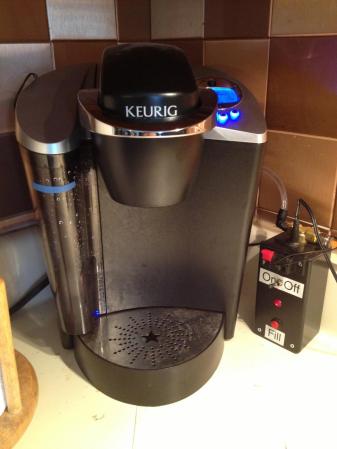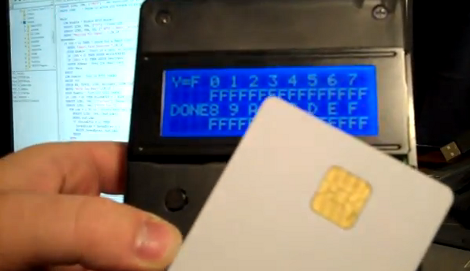Join us on Wednesday, August 28th at noon Pacific for the Parallax Update Hack Chat with Chip and Ken Gracey!
For a lot of us, our first exposure to the world of microcontrollers was through the offerings of Parallax, Inc. Perhaps you were interested in doing something small and light, and hoping to leverage your programming skills from an IBM-PC or an Apple ][, you chanced upon the magic of the BASIC Stamp. Or maybe you had a teacher who built a robotics class around a Boe-Bot, or you joined a FIRST Robotics team that used some Parallax sensors.
Whatever your relationship with Parallax products is, there’s no doubting that they were at the forefront of the hobbyist microcontroller revolution. Nor can you doubt that Parallax is about a lot more than BASIC Stamps these days. Its popular multicore Propeller chip has been gaining a passionate following since its 2006 introduction and has found its way into tons of projects, many of which we’ve featured on Hackaday. And now, its long-awaited successor, the Propeller 2, is almost ready to hit the market.
The Gracey brothers have been the men behind Parallax from the beginning, with Chip designing all the products and Ken running the business. They’ll be joining us on the Hack Chat to catch us up on everything new at Parallax, and to give us the lowdown on the P2. Be sure to stop be with your Parallax questions, or just to say hi.
 Our Hack Chats are live community events in the Hackaday.io Hack Chat group messaging. This week we’ll be sitting down on Wednesday, August 28 at 12:00 PM Pacific time. If time zones have got you down, we have a handy time zone converter.
Our Hack Chats are live community events in the Hackaday.io Hack Chat group messaging. This week we’ll be sitting down on Wednesday, August 28 at 12:00 PM Pacific time. If time zones have got you down, we have a handy time zone converter.
Click that speech bubble to the right, and you’ll be taken directly to the Hack Chat group on Hackaday.io. You don’t have to wait until Wednesday; join whenever you want and you can see what the community is talking about.
















